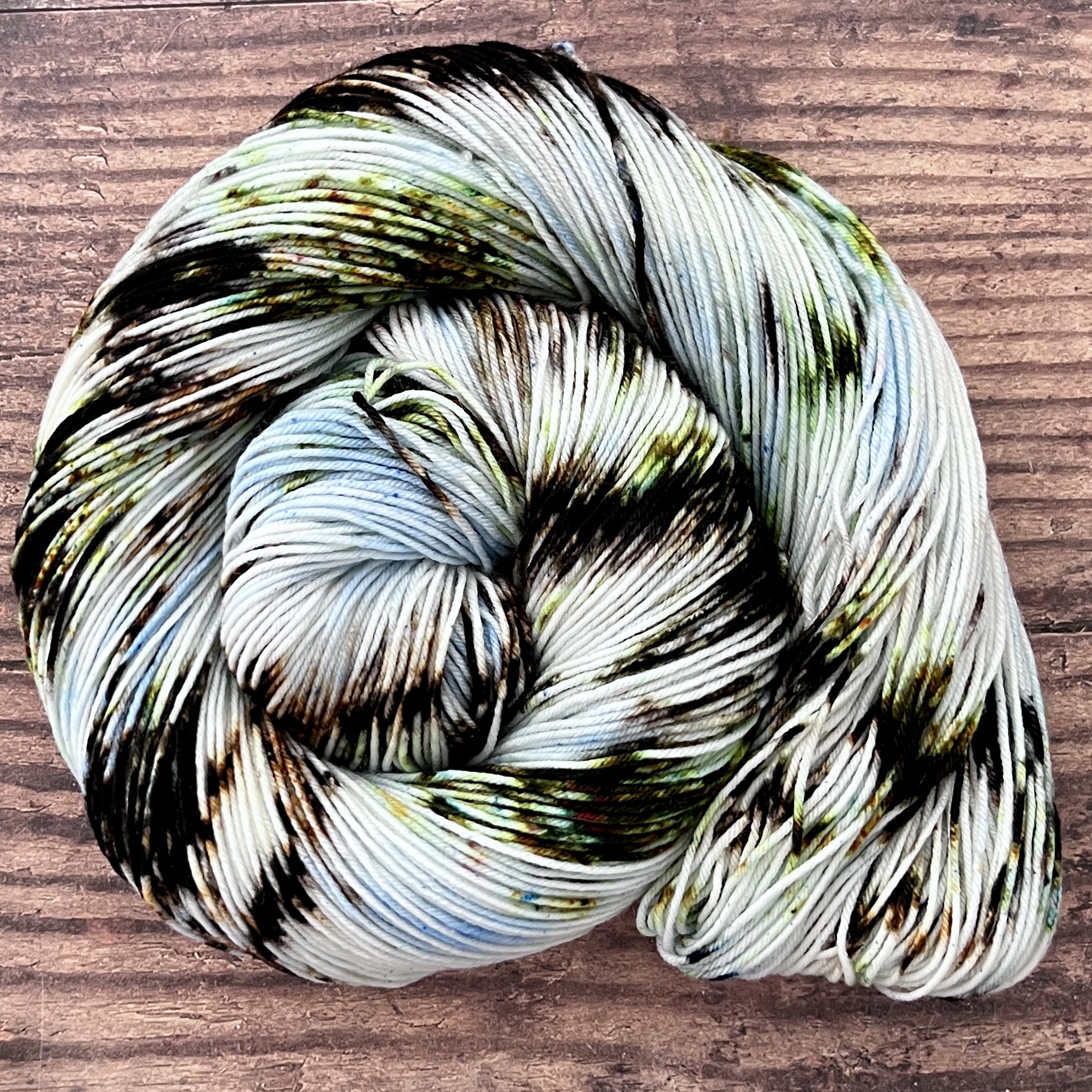It’s time for the annual National Parks Club! Find out information about participating shops, Vacay Bingo, the KAL, and more here.
Where is it located?
Fire Island National Seashore is in Suffolk County, New York.
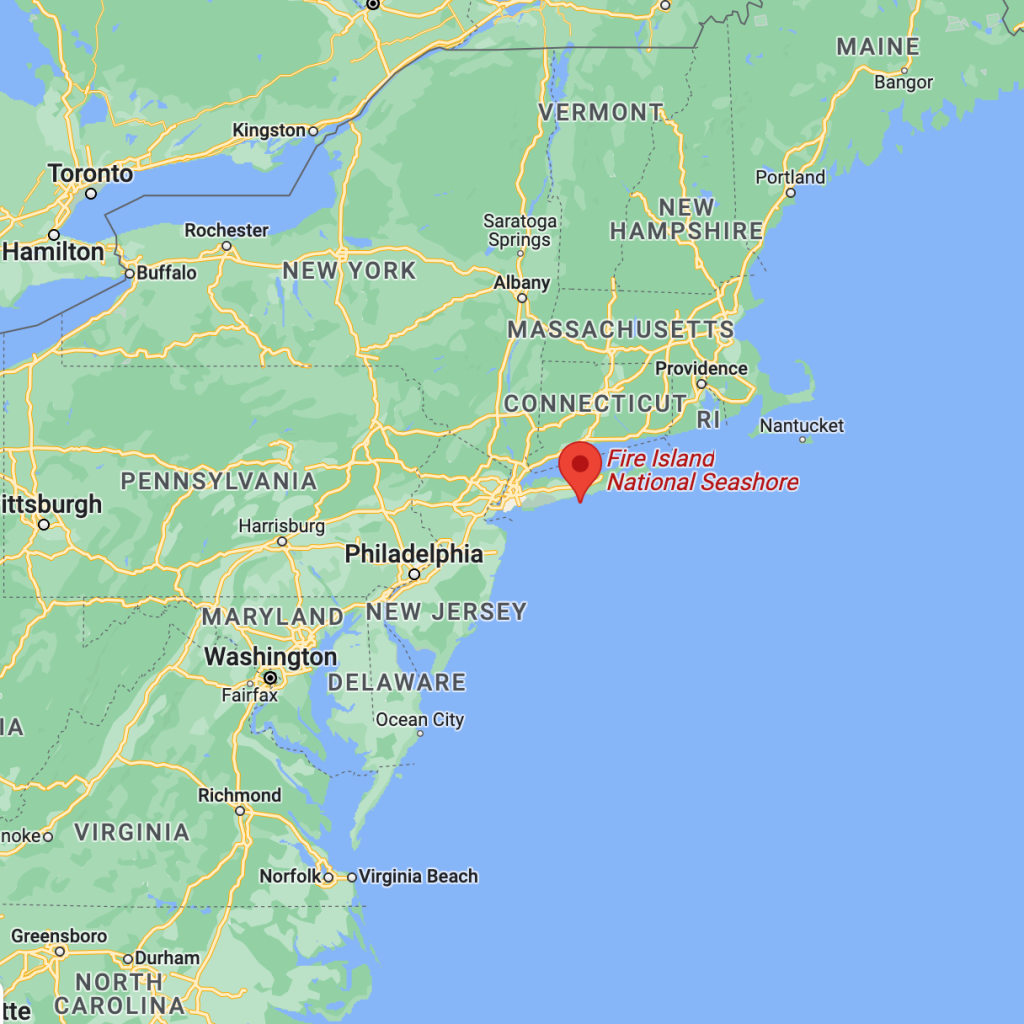
Whose land does it reside upon?
Since long before the arrival of European colonizers, Indigenous Long Islanders of the Unkechaug, Secatogue, and Shinnecock tribes have shaped the historical, cultural, and natural landscape we all continue to enjoy today. For many centuries sites at Fire Island National Seashore, including the barrier beach and the William Floyd Estate, have played a critical role in indigenous life. Whether as sites for the harvesting of natural resources, seasonal settlement, or sacred grounds, these places were, and continue to be, the ancestral home of many Americans.
Though centuries of colonization and outright repression have disposed many Indigenous Long Islanders of their land, many continue to act as stewards of Fire Island and Long Island’s rich natural and cultural history.
The ancient settlement “Poospatuck ,”meaning “a little river that flows into tidal waters,” was established by ancestral Unkechaug along Poospatuck Creek, which flows into the Forge River and out into Moriches Bay. Now the site of the Unkechaug reservation, the location gave Native people easy access to fish, shellfish, waterfowl, and sea mammals including seals and whales. Poospatuck’s location along the Forge River provides easy access to the Great South Bay and to Fire Island. Today Poospatuck remains the ancestral home of the Unkechaug people. It is among the oldest Native American reservations in the United States and is formally recognized by New York State
When was it established?
September 11, 1964
About this park:
Immerse yourself in an enchanting collage of coastal life and history. Rhythmic waves, high dunes, ancient maritime forests, historic landmarks and glimpses of wildlife, Fire Island has been a special place for diverse plants, animals and people for centuries. Far from the pressure of nearby big-city life, dynamic barrier island beaches offer solitude, camaraderie, and spiritual renewal.
The island has been referred to as America’s first gay and lesbian town and served since the 1920s and 1930s as a refuge for vacationers and others who desired the more liberal attitude the island’s occupants allowed.
Why did we choose these colors?
We used the photo shown here, of the forest canopy against the backdrop of the sky, as our inspiration: https://www.nps.gov/media/photo/gallery-item.htm?pg=3525532&id=C4002981-155D-451F-67EF19749C92C5C3&gid=C42F7BE1-155D-451F-67737691FD110CAE.
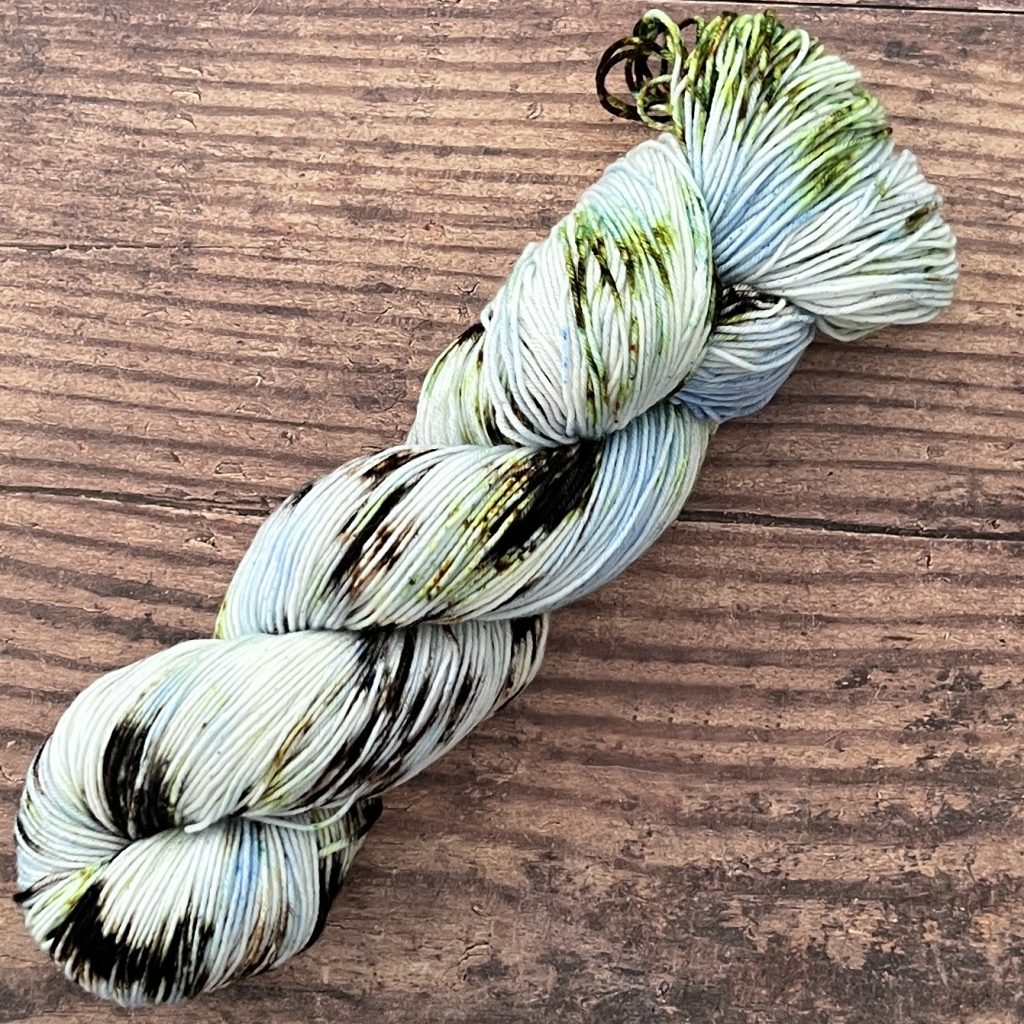

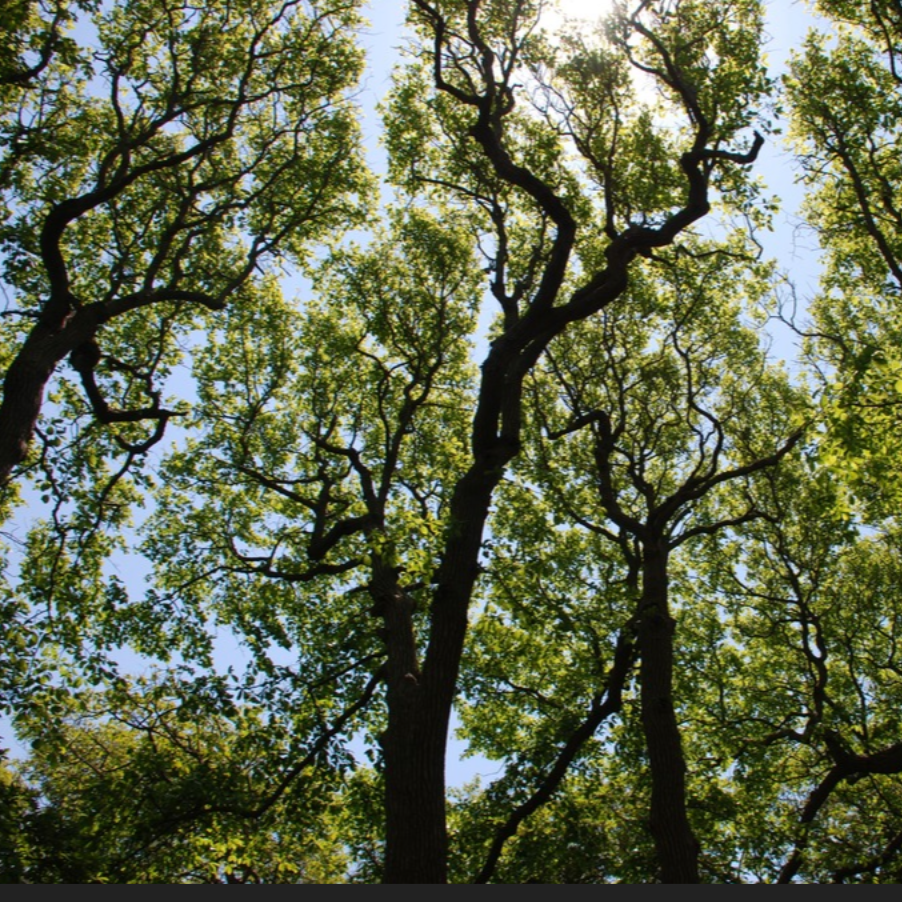
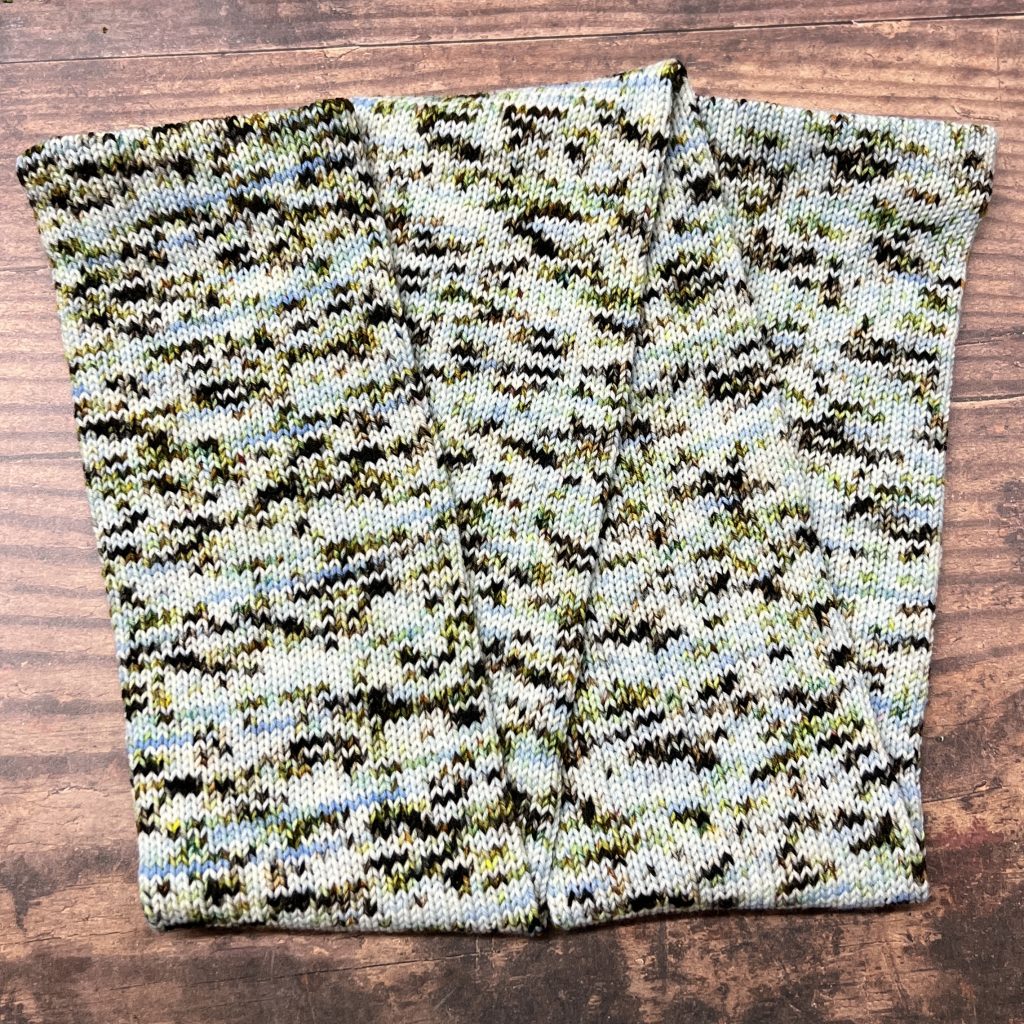
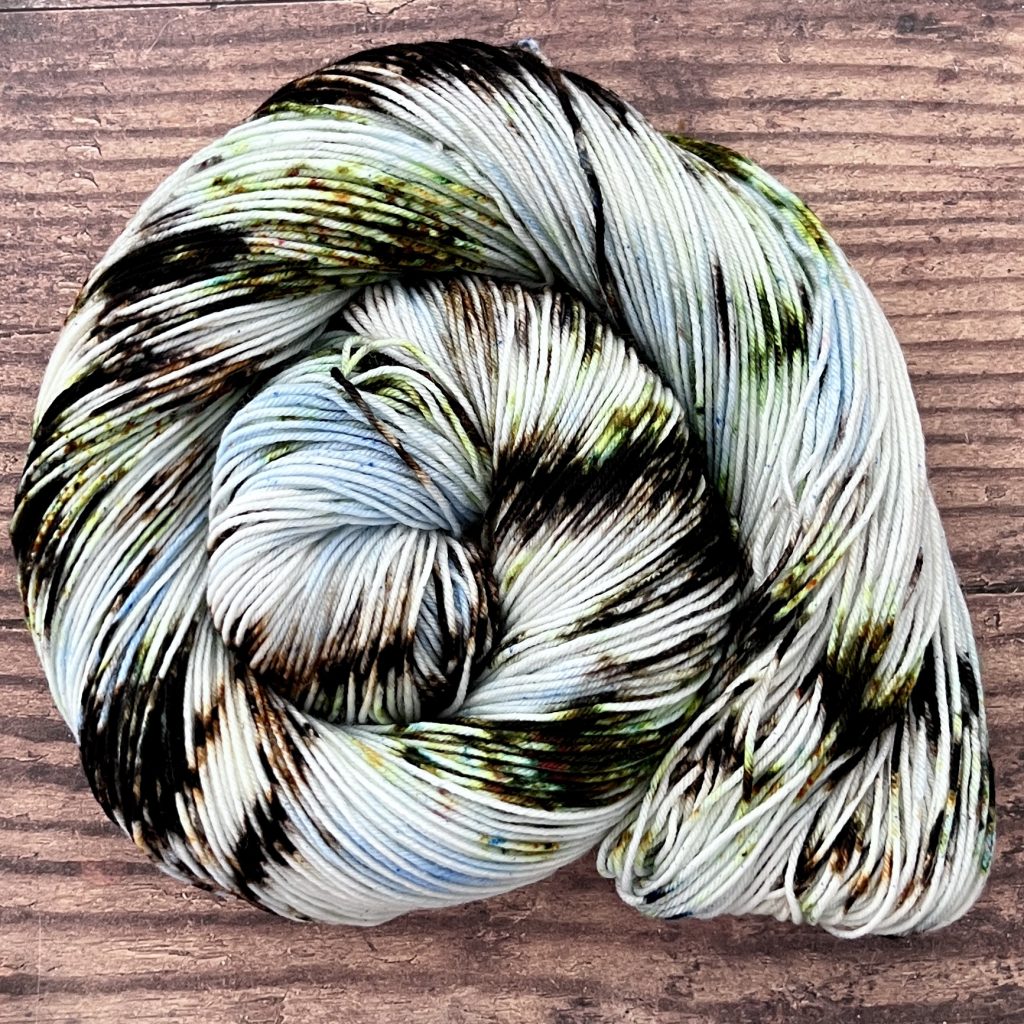
For more information:
NPS website: https://www.nps.gov/fiis/index.htm
Instagram: https://www.instagram.com/FireIslandNPS/
Facebook: https://www.facebook.com/FireIslandNPS
